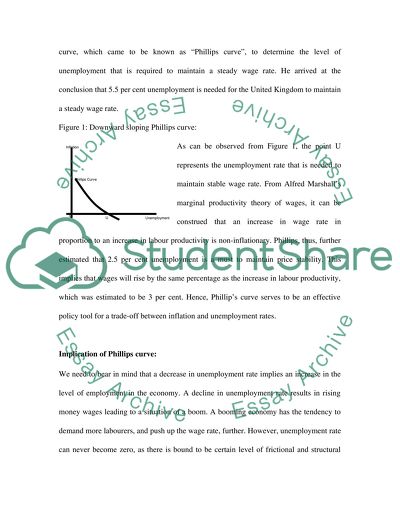Cite this document
(Distribution of Unemployment Case Study Example | Topics and Well Written Essays - 2000 words, n.d.)
Distribution of Unemployment Case Study Example | Topics and Well Written Essays - 2000 words. Retrieved from https://studentshare.org/macro-microeconomics/1516368-phillips-curve-and-unemployment
Distribution of Unemployment Case Study Example | Topics and Well Written Essays - 2000 words. Retrieved from https://studentshare.org/macro-microeconomics/1516368-phillips-curve-and-unemployment
(Distribution of Unemployment Case Study Example | Topics and Well Written Essays - 2000 Words)
Distribution of Unemployment Case Study Example | Topics and Well Written Essays - 2000 Words. https://studentshare.org/macro-microeconomics/1516368-phillips-curve-and-unemployment.
Distribution of Unemployment Case Study Example | Topics and Well Written Essays - 2000 Words. https://studentshare.org/macro-microeconomics/1516368-phillips-curve-and-unemployment.
“Distribution of Unemployment Case Study Example | Topics and Well Written Essays - 2000 Words”, n.d. https://studentshare.org/macro-microeconomics/1516368-phillips-curve-and-unemployment.


